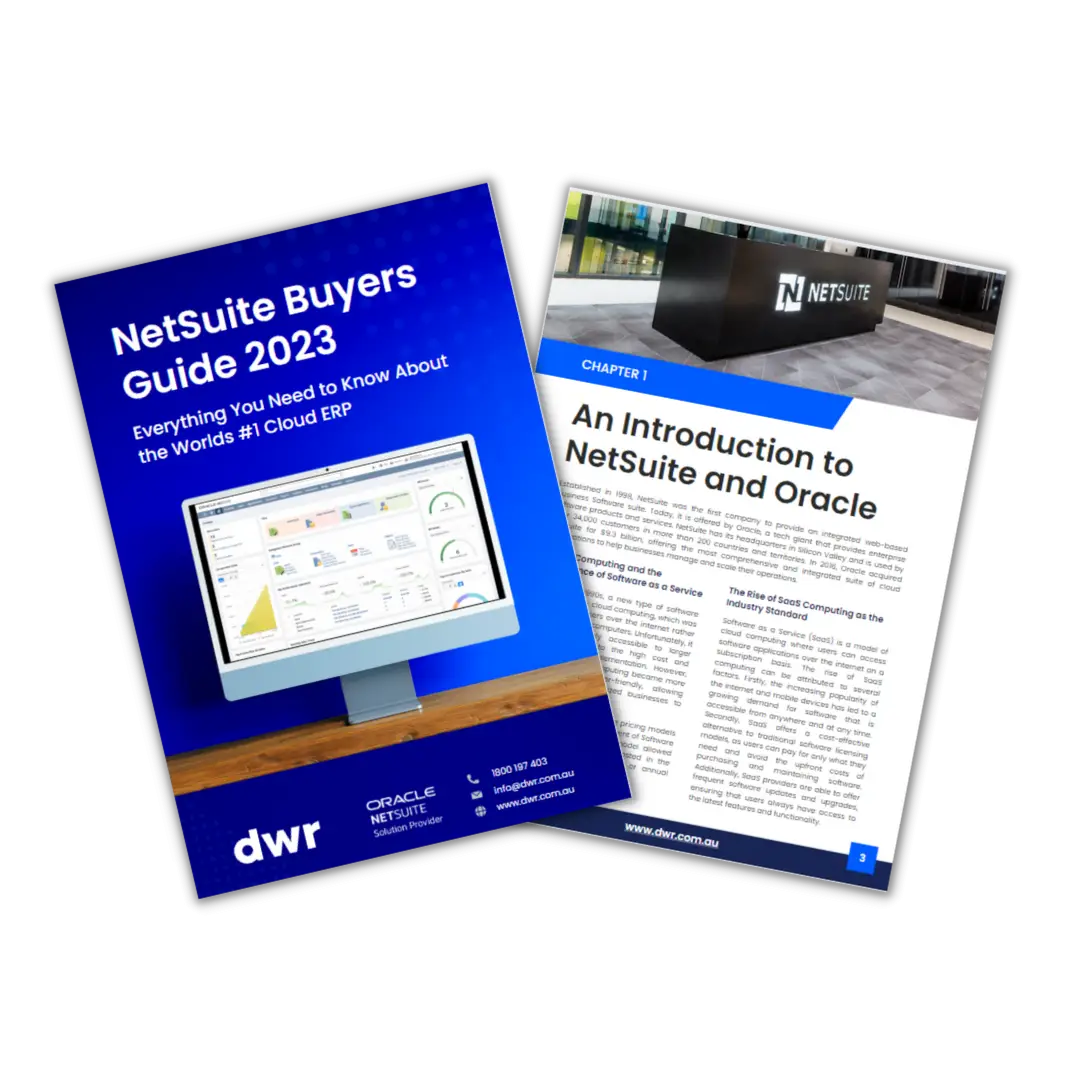Managing peak season without proper fulfilment and inventory optimisation is like running with the bulls in Pamplona. When the main event is here, it's a flurry of chaotic activity. Demand is hot on your heels, and there's no time to look back.
This peak season is set to be more challenging than ever for wholesalers and distributors. They're already dealing with continued supply chain disruptions. On top of that, mounting pressure from D2C brands and consumers exploring new shopping channels is creating intense competition.
A recent report showed the 2020 holiday season (Nov-Dec) saw 50% global digital revenue growth. From the same report, ANZ also experienced 103% YOY revenue growth in the pre-Cyber Week period and 78% Christmas and Boxing Week YOY revenue growth.

This year, holiday season revenue growth is expected to push even further. At the same time, global supply chain challenges have arisen from factory shutdowns, chip shortages and port congestion. These factors are causing a knock-on effect of delays that may last through the holidays and well into next year.
The warm-up for the peak season race has already begun. To make sure you're prepared, take stock of your process and what can be streamlined. Here are some ways fulfilment and inventory optimisation will keep you running well ahead of the game.
Reduce slow moving stock
Slow-moving inventory can take up valuable warehouse space and eat into profit as products sit in warehouse locations for extended periods. How can you make way for the increased seasonal stock? You may be able to offer attractive discounts, bundle products together, or run specific promotions to get old stock out the door quickly.
Minimise picking distance travelled
A more efficient physical warehouse layout means more stock can be picked in the same amount of time. The distance workers need to travel to complete a pick can have a significant impact.
Review your warehouse layout and place fast-moving items where they're more easily accessible to pickers. If items are often sold together, put them closer to reduce travel distance even further.
By optimising the routes to pick items, you can reduce the number of touches per item, minimise distance travelled, and boost picking efficiency.
Eliminate picking errors

Incorrect picking of items is a huge productivity drain. Identifying and fixing issues takes time and can leave you with incorrect stock levels until the issue is resolved. Barcode scanning solves this problem. Mobile scanning solutions ensure the correct items are picked every time.
Instead of picking from a printed pick slip, workers can pick directly from an RF scanner or mobile device. The mobile application keeps track of what's been scanned and provides immediate feedback if incorrect products are scanned. With barcode scanning solutions, you can eliminate picking errors and speed up the process.
Anticipate demand
During the lead-up to peak season, optimising stock based on trends and changes is essential. Over ordering can result in price reductions and post-season sales to run out excess inventory. Conversely, under ordering can leave customers waiting until after peak season to receive stock. Demand forecasting, however, can help get the balance right.
To understand future demand, you need to start with hard data. What did the peaks and valleys of stock demand look like last year - and how did this compare to previous years? Is there a recurring pattern?
It's also critical to look at changes by product lines. Take the "lipstick index", for example. The term was coined by former Estée Lauder chairman Leonard Lauder in the early 2000s, using lipstick sales as a consumer confidence barometer during economic downturns. In the past, these products were an affordable indulgence in times where bigger purchases were out of reach. Face masks, video calls, and lockdowns, however, saw sales decline sharply. Cult Beauty's lipstick sales fell 8% during COVID-19, while more than doubling skincare sales. The important reminder is that understanding demand by product line is key to optimising your inventory.
Demand planning uses forecast data and additional data like distribution, inventory location, supply plans, and more to turn forecasts into action plans. With cloud ERP systems like NetSuite, demand parameters right down to item level can be set using seasonal average, moving average, sales forecasts, and other methods. Automated notifications can also be triggered to ensure that purchase orders, transfer orders, and customer orders are executed on time.
Scenario planning
When focusing on yearly fluctuations, short-term trends can be easy to miss. For example, in 2020, lockdowns impacted the usual demand in geographies like Victoria, Australia. 36% of the year's online retail purchases for the region happened between July to October during state lockdowns. Online orders declined over the usual peak period of Nov - Dec.
It's a stark reminder that anything can happen - and sometimes does. While it's essential to look at yearly trends, it's also beneficial to consider demand and scenario planning. You can't plan for every eventuality. But scenario planning allows you to examine the impact of different possibilities and prepare an action plan.
Distributed inventory
Along with seasonal fluctuations, demand also varies by geography. Surf equipment, for example, is more popular in Australian coastal locations than regional locations. For distributors with multi-location warehouses, this brings a great opportunity. By keeping warehouse inventory in line with demand by region, you can reduce shipping times and exceed your customers' expectations.
When stock is over or under requirements for each location, inventory management software can make stock transfers between warehouse locations much more efficient. Live visibility of stock by location can also keep you a step ahead of trends and changes as they happen.
Real-time inventory reporting
2020 brought many unexpected changes - particularly to inventory. Demand shifted dramatically, and supply chain issues created some stressful times for wholesalers. Regular reporting will provide visibility of changes, but a real-time view lets you react faster to minimise the impact of changes.
Cloud-based inventory management systems bring live dashboards with customisable reports. Stock levels, trends, alerts and reminders all become available at a glance.
Automate stock levels

To support retailers and sellers at a critical time of year, wholesalers need to manage an uninterrupted stock supply. Under-supply of stock can mean lost sales during what should be a lucrative time. Conversely, too much stock means increased costs of warehousing when space is at a premium.
The ability to set minimum and maximum stock levels within your inventory management system can keep inventory levels just right. NetSuite is one cloud-based system that provides this functionality and also enables automated management of stock levels. By setting preferred levels based on lead time, demand, and days to supply, you can avoid both stock-outs and over-ordering. Alerts can even be triggered if stock falls below predefined levels.
With automated stock replenishment, triggers and automation all working together, you can keep inventory optimised, boost warehouse profitability and deliver the best experience to sellers through faster supply times.
Processes that support your systems
Your inventory management software is only as good as your processes. Consistent stock-outs, high obsolete inventory, and low stock turn are some common symptoms of inefficient processes in place.
The best place to start is by speaking with a wholesale systems expert. The team at DWR Consulting have implemented NetSuite Wholesale Distribution Edition and other cloud systems for a wide variety of wholesale distribution businesses. They not only leverage industry best-practice processes but importantly take the time to understand your company's unique requirements.
The system for success
Every wholesale distributor should be equipped to amplify its success. If your current systems are creating bottlenecks, slowing down fulfilment, or leaving you with doubts over your inventory accuracy, it's time to build a better foundation.
A cloud ERP system streamlines and automates processes while optimising stock and brings together data and insights from across the business. ERP (Enterprise Resource Planning) is a consolidated system that includes inventory, warehousing, supply chain, procurement, sales and CRM, marketing, and more.
Working with the right technology partner is just as important as choosing the right inventory management or ERP system.
An experienced partner will tailor a solution to your needs and focus on the outcomes, not just deliver the software.
DWR delivers the tools to amplify success; by bringing the right ERP technology, process framework, and team of business experts together. Talk to an ERP expert about what your ideal wholesale distribution operations look like.
Start standing out from the competition, and take the next step to leap ahead.

This peak season is set to be more challenging than ever for business leaders dealing with:
? Continued supply chain disruption
? Mounting pressure from D2C brands
? Growing online customer demand
Start preparing and take the lead this peak season.
Get your guide with ideas to scale quickly and gain a competitive advantage.
.svg)

